It may seem daunting to those who haven’t tried, but getting out on a bike for a few days can be a welcome break from the pollution and hustle of the city. With the Taiwan Railway Administration (TRA) train service that circles the island, combining a train journey to access rural areas is both convenient and inexpensive.
With this year designated as Year of Cycling Tourism (自行車旅遊年), government agencies are accommodating the venture and there are more bike lanes and areas suitable for families to get out on two wheels than ever.
PRE-TRIP PLANNING
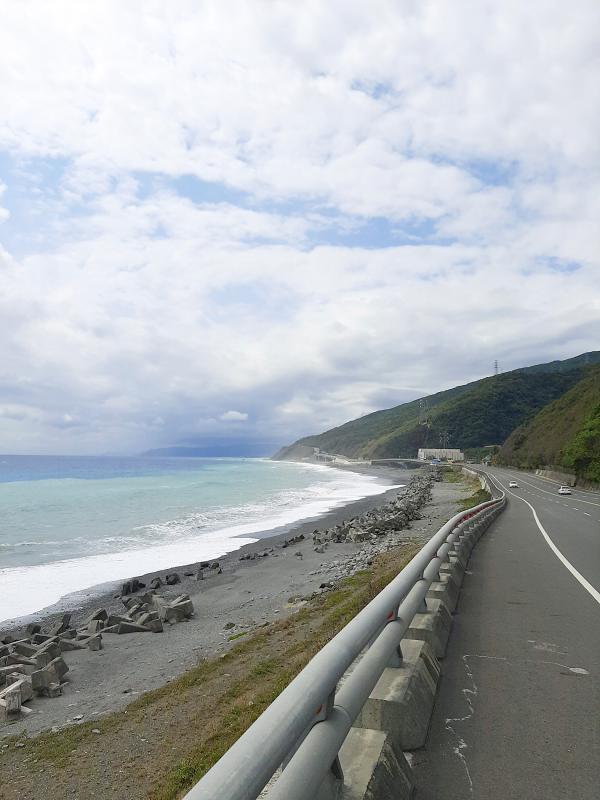
Photo: Mark Roche
On a recent Friday afternoon, I set out for a multiday bike touring trip to the east coast. Go to the train station in person to check on train times and the availability of bike carriages. Some trains have split carriages where your bike can be wheeled on. The carriage has bike racks and the fee for the bike is half a passenger fare. However, these trains only depart in the morning and things get tricky if you leave in the afternoon or evening.
My only option was a Ziqiang (自強號) express train, so the bike had to be bagged and carried on, front wheel off and strapped to the side. According to the TRA, these trains are not designed to carry a bike or the rules concerning bicycles are dictated by passenger traffic. But don’t let this deter you. If bagging the bike is too much hassle, just take a local train that you can wheel the bike on to; the downside is that it stops at every station.
ON THE ROAD
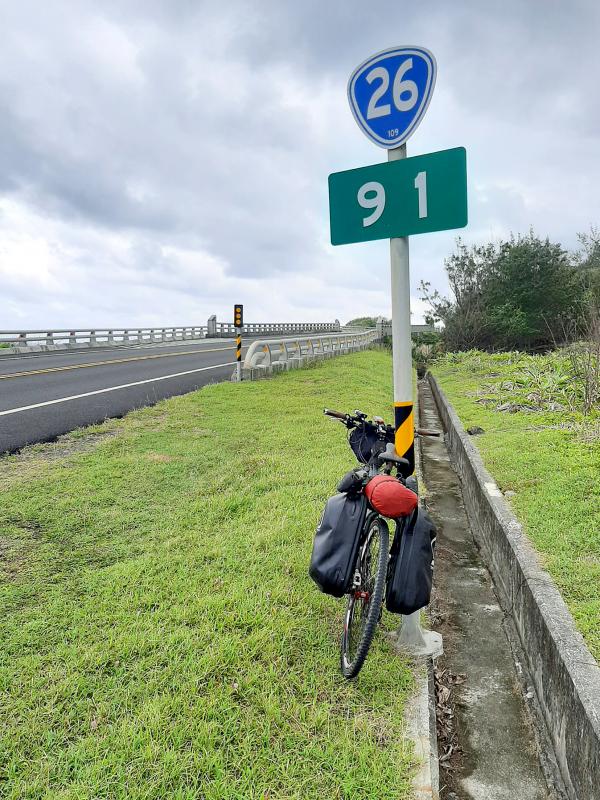
Photo: Mark Roche
It was a two-hour train ride from Kaoshiung to Taitung County’s Taimali Township (太麻里) and a 10km ride to Jinfong Hot Springs (金峰溫泉) on County Road 64. All along the east coast there is a high concentration of Aboriginal communities (Paiwan/Rukai in this area) and laid back small villages where wild camping is generally permitted. In the past you could camp at elementary schools on weekends and public holidays, but the rise of “glampers” — people with huge tents who carry everything including the kitchen sink — has seen some schools put “no camping” signs outside. After camping by the springs, I was up early on Saturday morning to start the ride down the east coast.
If you are wild camping be mindful of the following: Don’t camp if there is a “no camping” sign and follow the “6 to 6” rule: don’t set your tent up before 6pm and try to take it down by 6am.
Riding the east coast is probably the best place to start for anyone considering bike touring in Taiwan, as it features mostly flat roads, light traffic and splendid views of the Pacific Ocean. On this occasion I was riding south along the coast, but heading north is definitely better with the ocean on your right.
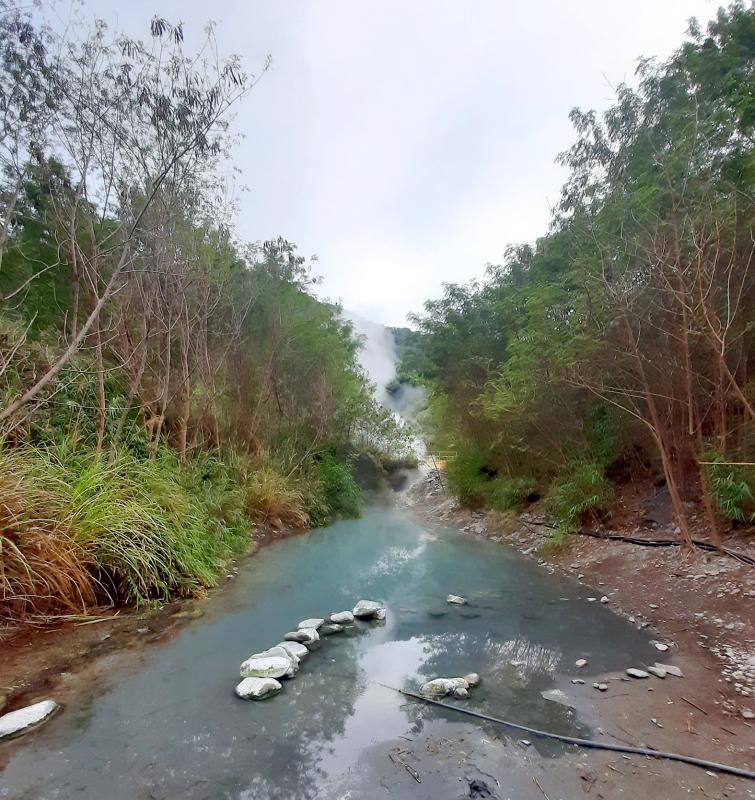
Photos: Mark Roche
KEEP IT SIMPLE
Try to reduce the amount you carry. Camping gear, change of clothes, bicycle repair kit and some snacks are all you need to get you through a few days. Most Giant shops offer rental options for touring bikes with pannier bags to load your belongings.
I rode for 30km down Provincial Highway 9 to my first stop which was Jinlong Lake (金龍湖). The lake can be found just 2km inland from Dawu (大武) and has a bike path that takes you around it.
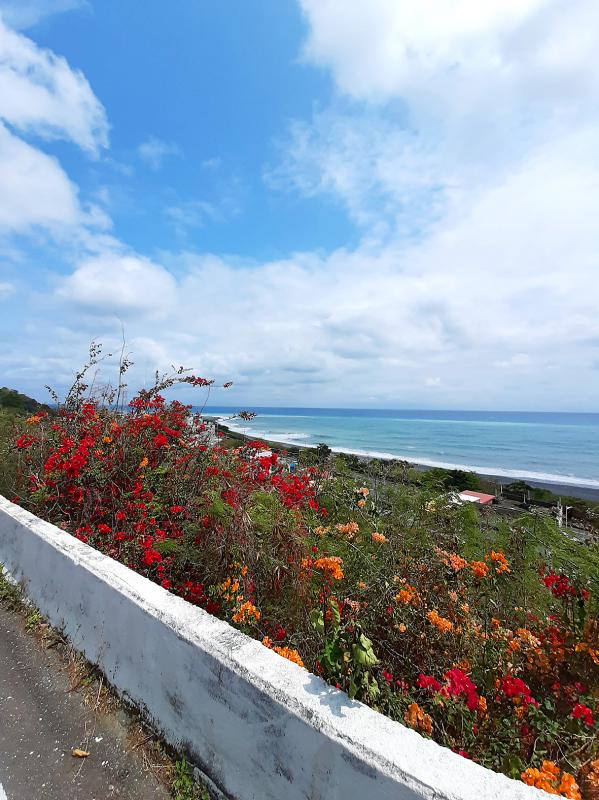
Photo: Mark Roche
On the way, you will pass a popular stop, Duoliang Train Station (多良車站) just 5km south of Jinlun (金崙). Often called Taiwan’s most beautiful station, it has attracted an increasing number of tourists due to the juxtaposition of railway, mountain and ocean.
From Dawu it is a further 9km down Provincial Highway 9 to where it meets Provincial Highway 26 at Daren (達仁) in Mudan Township (牡丹). Follow this for 5km to 6km to the start of the Alangyi Historic Trail (阿朗壹古道). Although you can’t hike the trail without a permit, it is a wonderful area worth exploring. From here you have to backtrack to Daren to cross the island on Provincial Highway 9.
In the afternoon, I continued the journey by riding to Pingtung County’s Sihchong River Hot Springs (四重溪溫泉). After a 12km climb, you come to a turnoff for Provincial Highway 199 and Checheng Township (車城).
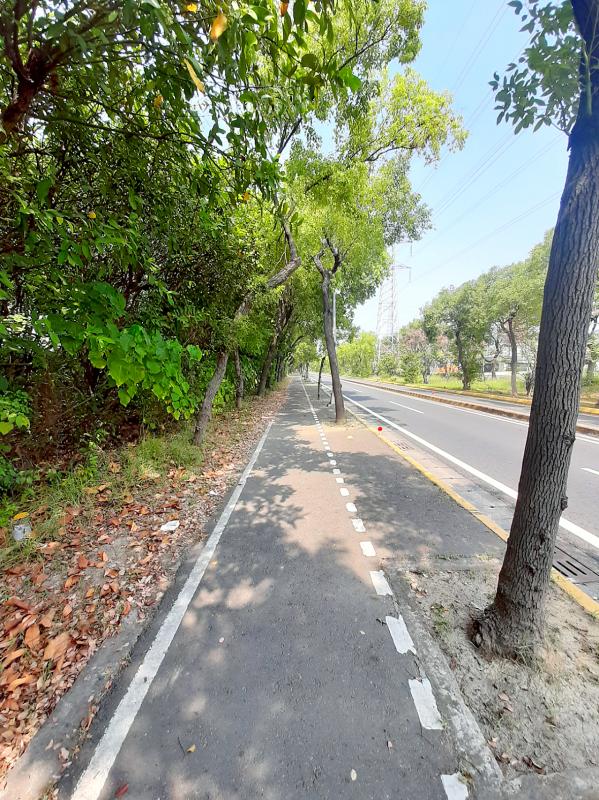
Photo: Mark Roche
This stretch is a favorite for cyclists in the south due to its low traffic. I clocked up 120km on this ride, but that could easily be broken into two days with lots of accommodation and camping options in the Dawu area.
After a night camping at an elementary school in Checheng, it was time to head back to Kaohsiung. Normally I would ride to Fangliao (枋寮) and take the train, but in March it’s perfect weather for a longer ride to get some miles in the legs and to check out the bike paths that connect Siaogang Airport (小港機場) to the city. Some sections are under repair, but this is one of the better paths following Jhongshan Road (中山路) to the city center.
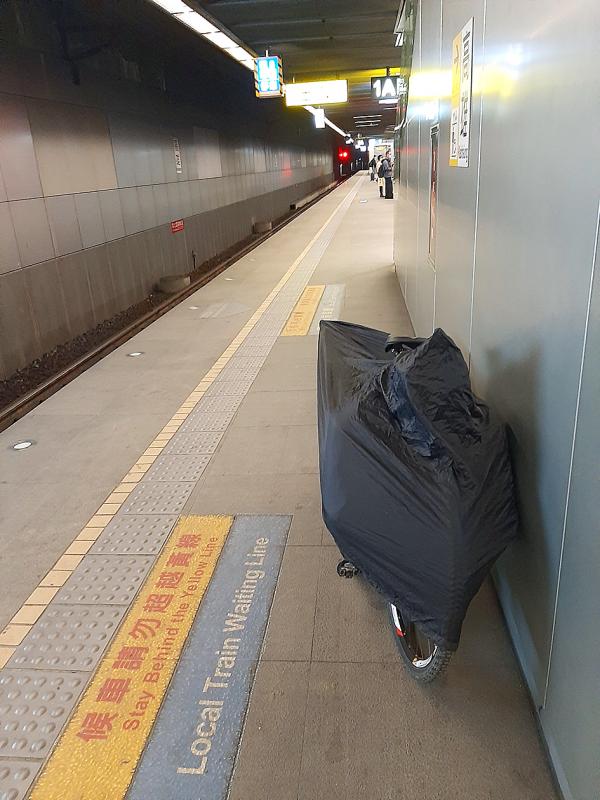
Photo: Mark Roche

The canonical shot of an East Asian city is a night skyline studded with towering apartment and office buildings, bright with neon and plastic signage, a landscape of energy and modernity. Another classic image is the same city seen from above, in which identical apartment towers march across the city, spilling out over nearby geography, like stylized soldiers colonizing new territory in a board game. Densely populated dynamic conurbations of money, technological innovation and convenience, it is hard to see the cities of East Asia as what they truly are: necropolises. Why is this? The East Asian development model, with

Desperate dads meet in car parks to exchange packets; exhausted parents slip it into their kids’ drinks; families wait months for prescriptions buy it “off label.” But is it worth the risk? “The first time I gave him a gummy, I thought, ‘Oh my God, have I killed him?’ He just passed out in front of the TV. That never happens.” Jen remembers giving her son, David, six, melatonin to help him sleep. She got them from a friend, a pediatrician who gave them to her own child. “It was sort of hilarious. She had half a tub of gummies,

The wide-screen spectacle of Formula One gets a gleaming, rip-roaring workout in Joseph Kosinski’s F1, a fine-tuned machine of a movie that, in its most riveting racing scenes, approaches a kind of high-speed splendor. Kosinski, who last endeavored to put moviegoers in the seat of a fighter jet in Top Gun: Maverick, has moved to the open cockpits of Formula One with much the same affection, if not outright need, for speed. A lot of the same team is back. Jerry Bruckheimer produces. Ehren Kruger, a co-writer on Maverick, takes sole credit here. Hans Zimmer, a co-composer previously, supplies the thumping
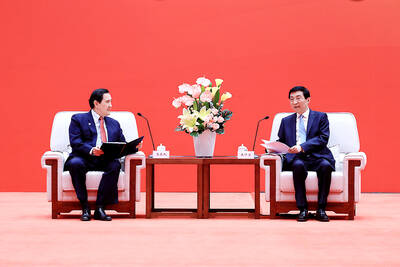
There is an old British curse, “may you live in interesting times,” passed off as ancient Chinese wisdom to make it sound more exotic and profound. We are living in interesting times. From US President Donald Trump’s decision on American tariffs, to how the recalls will play out, to uncertainty about how events are evolving in China, we can do nothing more than wait with bated breath. At the cusp of potentially momentous change, it is a good time to take stock of the current state of Taiwan’s political parties. As things stand, all three major parties are struggling. For our examination of the